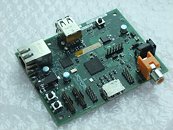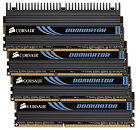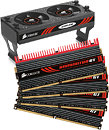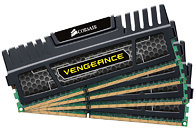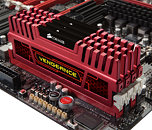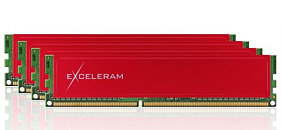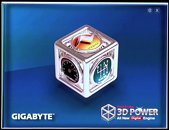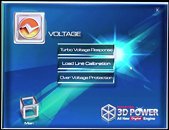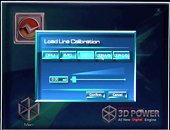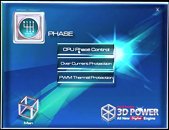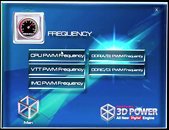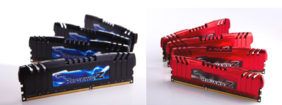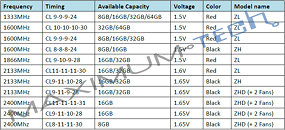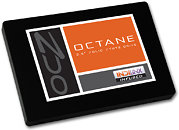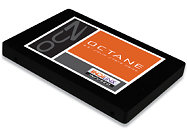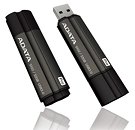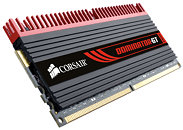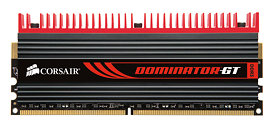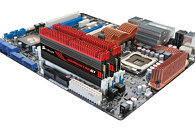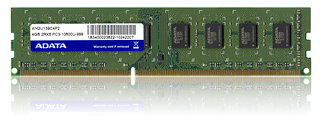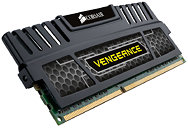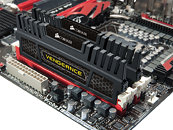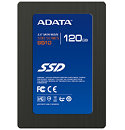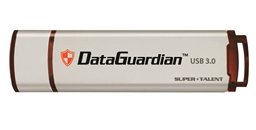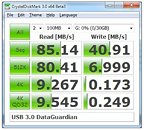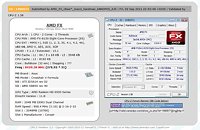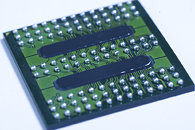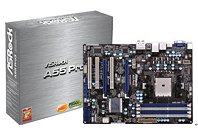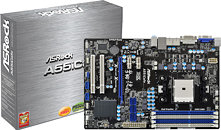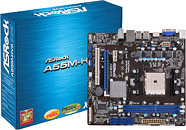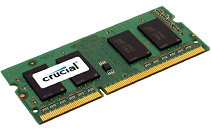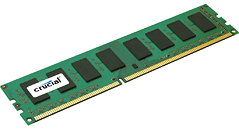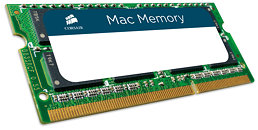Raspberry Pi: the Upcoming $25 1080p-Capable ARM-Based Hobby Computer
Yes, you heard that right, when completed, the Raspberry Pi foundation will be selling a credit card sized computer running Linux that can plug into your television and play H.264 1080p30 videos. Raspberry Pi is the somewhat cheekily-named UK registered charity which has been set up to design and build a very low cost computer that is targeted for use in computer science lessons in schools, to "put the fun back into learning computing." Why, was it ever not fun?! However, such a simple and cheap general purpose gadget has the potential for many other uses than the classroom, as the world is full of inventive tech-minded people that can tinker with something like this and build innovative projects with them, perhaps by using several of these together.
The product will come in two configurations, a $25 Model A with 128 MB SDRAM & $35 Model B with 256 MB SDRAM and both will come with the same 700 MHz Broadcom BCM2835 media processor featuring an ARM11 (ARM1176JZF-S) core, Broadcom GPU core, DSP core and support for Package-on-Package (PoP) RAM. We expect that in this day and age, most people will go for the 256 MB model, which is still a very small amount of RAM. For those that want to get the most out if this device, the website - www.raspberrypi.org - has a forum and a wiki with tons of technical details on the device, including benchmarks and links to many other news stories & blogs about the product. There's even a shop, although at the moment, it's only selling keyboard stickers of the foundation's logo.
The product will come in two configurations, a $25 Model A with 128 MB SDRAM & $35 Model B with 256 MB SDRAM and both will come with the same 700 MHz Broadcom BCM2835 media processor featuring an ARM11 (ARM1176JZF-S) core, Broadcom GPU core, DSP core and support for Package-on-Package (PoP) RAM. We expect that in this day and age, most people will go for the 256 MB model, which is still a very small amount of RAM. For those that want to get the most out if this device, the website - www.raspberrypi.org - has a forum and a wiki with tons of technical details on the device, including benchmarks and links to many other news stories & blogs about the product. There's even a shop, although at the moment, it's only selling keyboard stickers of the foundation's logo.
